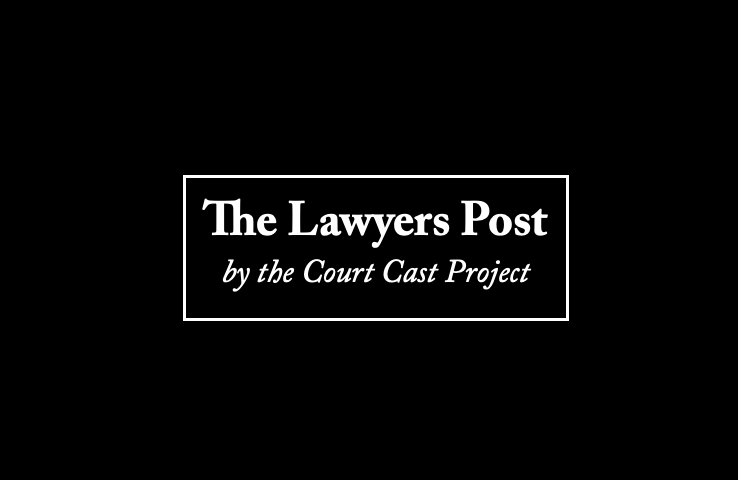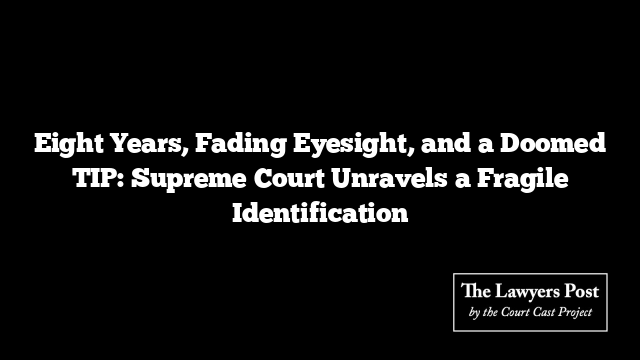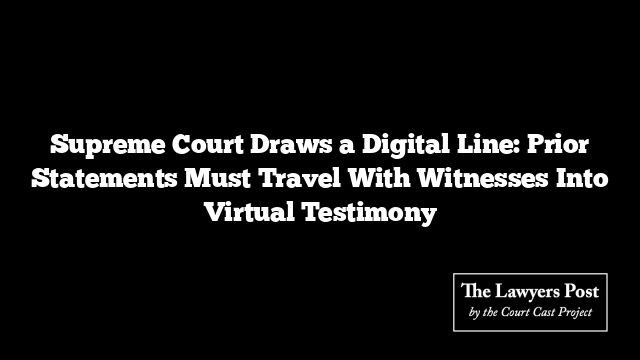In a case where time, frailty, and flawed procedure converged, the Supreme Court set aside the conviction of a man jailed for nearly fifteen years, declaring that the prosecution’s lone thread of evidence had snapped under its own weight.
The Court’s scrutiny fell squarely on the solitary eyewitness — a woman already in her seventies at the time of the incident — whose recollection surfaced nearly eight and a half years later. Her distance vision was admittedly weak, her testimony had grown more elaborate with time, and, crucially, she identified the accused over a grainy video link without her spectacles. The bench noted that expecting accuracy under such conditions was a leap of faith the law could not take.
Once her in-court identification lost credibility, the case stood hollow.
The judges went further, dismantling the Test Identification Parade itself. The witness had been shown the accused’s photographs before the parade, a misstep that stripped the process of its evidentiary backbone. When a witness sees a suspect in advance — in person or even in a photograph — the Court reminded, the TIP is little more than theatre.
The prosecution’s argument that the accused’s initial refusal to join the TIP should count against him also failed to impress. An adverse inference, the bench held, cannot be the scaffolding for a case already crumbling from procedural lapses and doubts over whether the witness even attended the TIP at all.
With every link in the chain broken, the Court found no lawful basis to keep the man behind bars. The appeal was allowed, and he walked free, his long incarceration brought to an end by the very principles meant to safeguard justice.





